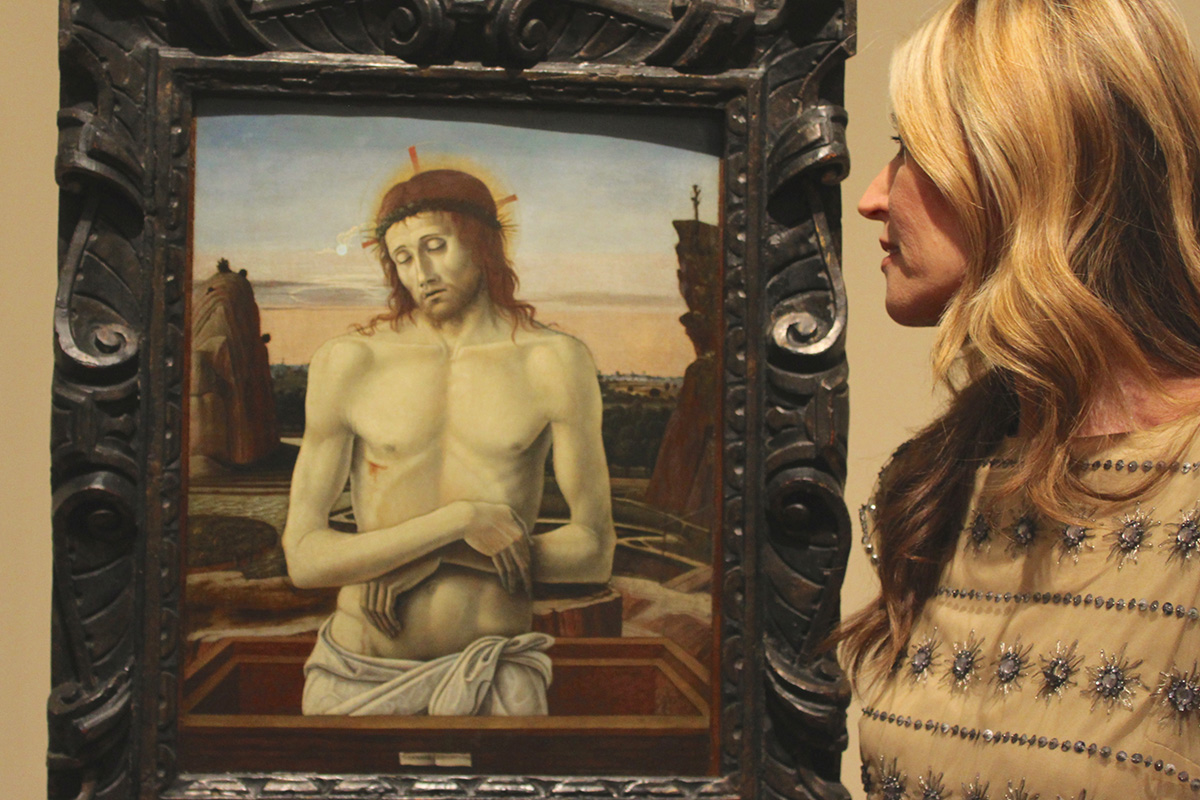
Bellini’s Pietà at the Museo Poldi Pezzoli, which Beretta helped restore
The role of philanthropy has never been more urgent, and is reflected in our ongoing online series. Here, Umberta Beretta outlines her work around women’s rights and art for the many
Beretta was born into a family of prominent industrialists in northern Italy and is married to Franco Beretta, who leads the famed gunmakers. For the past two decades she has been active in fund-raising for numerous non-profit organisations and foundations with a focus on art, including her work for the Italian pavilion at the 2017 Venice Biennale and the Museo Poldi Pezzoli in Milan; medical charities, including cancer research through the Fondazione Beretta, of which she is a board member, and the Essere Bambino foundation; and on social causes such as campaigning against violence against women. The Beretta family’s involvement in art is notable also for Christo’s 2016 project The Floating Piers, which connected the shore of Lake Iseo with the island of San Paolo, owned by the Berettas, with fabric-covered walkways.
Follow LUX on Instagram: luxthemagazine
LUX: Where did your interest in philanthropy in the arts come from?
Umberta Beretta: I have always had an interest in the arts. My father Giorgio Gnutti often took me to museums or when visiting artists’ studios. My grandmother (on my mother’s side) pushed me to do volunteer work. Art is my passion and the time I dedicate to less fortunate people or causes is my way of giving back.
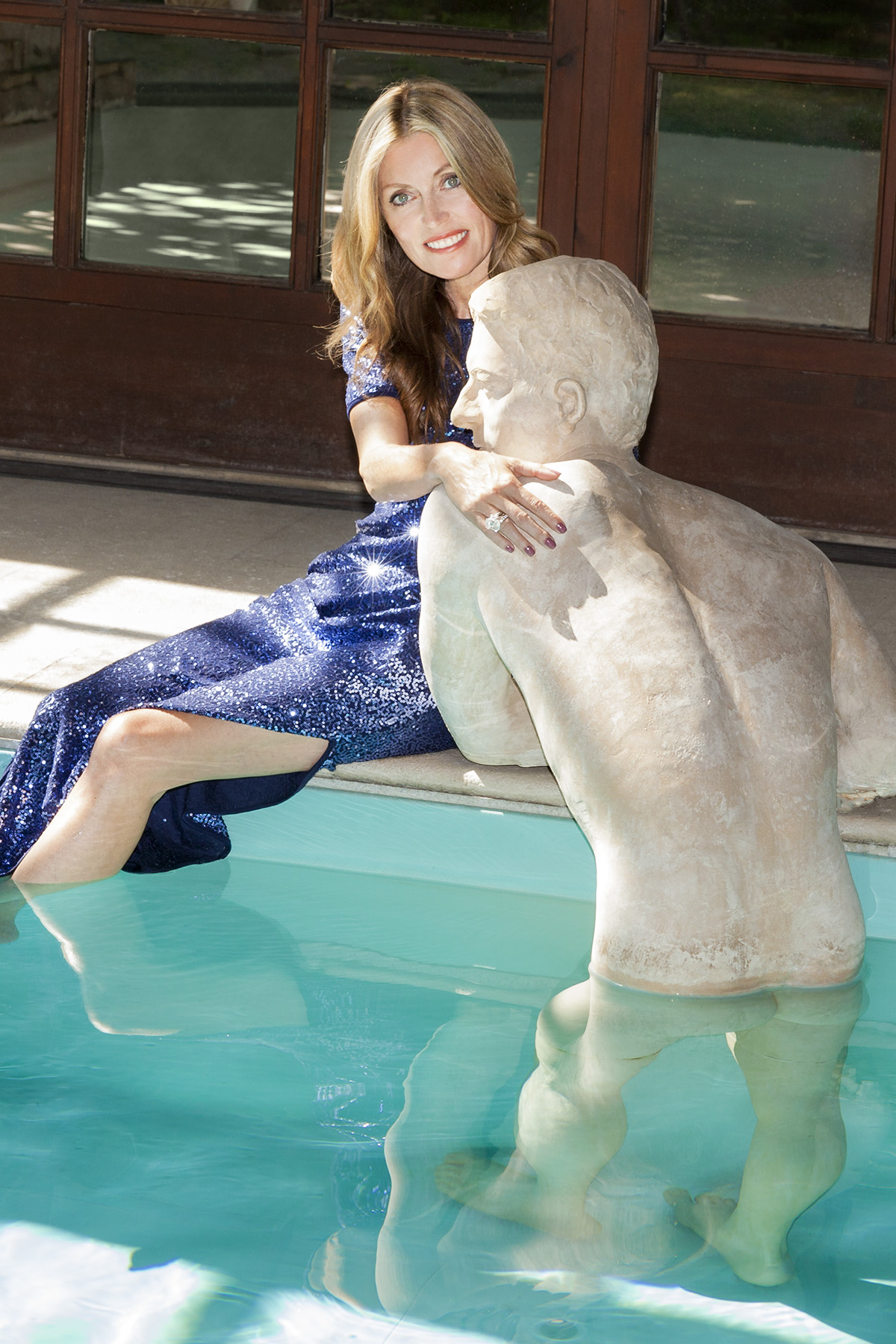
Umberta Beretta photographed by Lady Tarin
LUX: Which art projects are exciting you?
Umberta Beretta: The past year has been very complicated and frustrating, but I very much look forward to the Venice Biennale [due to take place 23 April to 27 November 2022] curated by Cecilia Alemani. I admire women who do well in the arts. My hometown of Brescia and Bergamo will be Italian Capital of Culture in 2023, so we are planning a series of cultural activities and that’s quite exciting.
LUX: How important are private and philanthropic support for the arts?
Umberta Beretta: They’re both crucial. In Italy this still has yet to be fully understood. Individuals should be given more tax incentives [to donate]. But it is in our culture to promote beauty so against all odds I think Italy will always be a motor for the arts.

Beretta with the Ghanaian artist Ibrahim Mahama
LUX: How has the pandemic affected the arts in Italy?
Umberta Beretta: Tourists will always come to visit our museums. What concerns me most is the impact the pandemic will have on young, lesser-known artists, whose opportunities have frozen. And the same can be said for emerging fashion designers.
Read more: Meet the new generation of artisanal producers
LUX: What else can be done to support women’s rights?
Umberta Beretta: We can start by educating our children. I try with my son every day. All boys should be taught to respect women and all girls should be taught to demand respect. Women have the right to express themselves freely like men. In the art world, for example, women should be free to express their views on sexuality without scaring the public away. In everyday life they should be able to be mothers and have a career at the same time.

Beretta with the artist Christo in his New York studio
LUX: What project has pleased you most?
Umberta Beretta: Definitely Christo’s Floating Piers. Winning the Montblanc de la Culture Arts Patronage Award in 2015 for Italy. Restoring some of the masterpieces of the Museo Poldi Pezzoli through the Restoration Club… I could go on.
For more information, visit: umbertagnuttiberetta.com
This article was originally published in the Summer 2021 Issue.



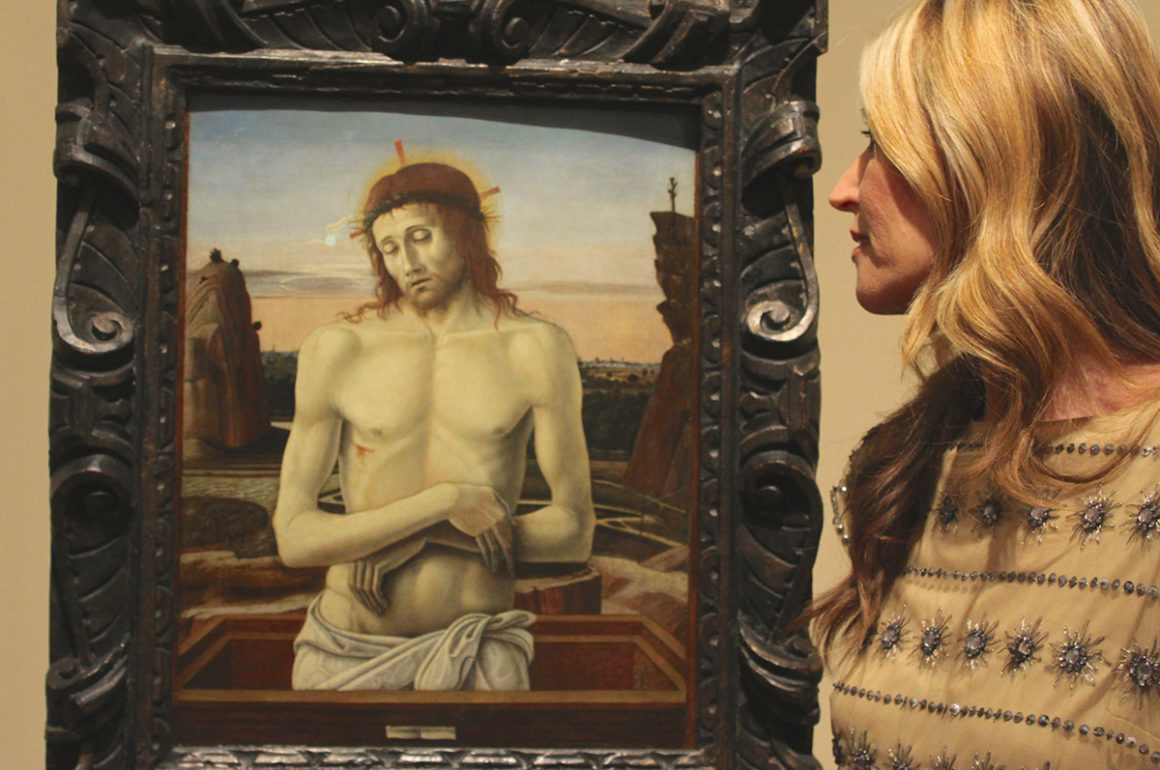
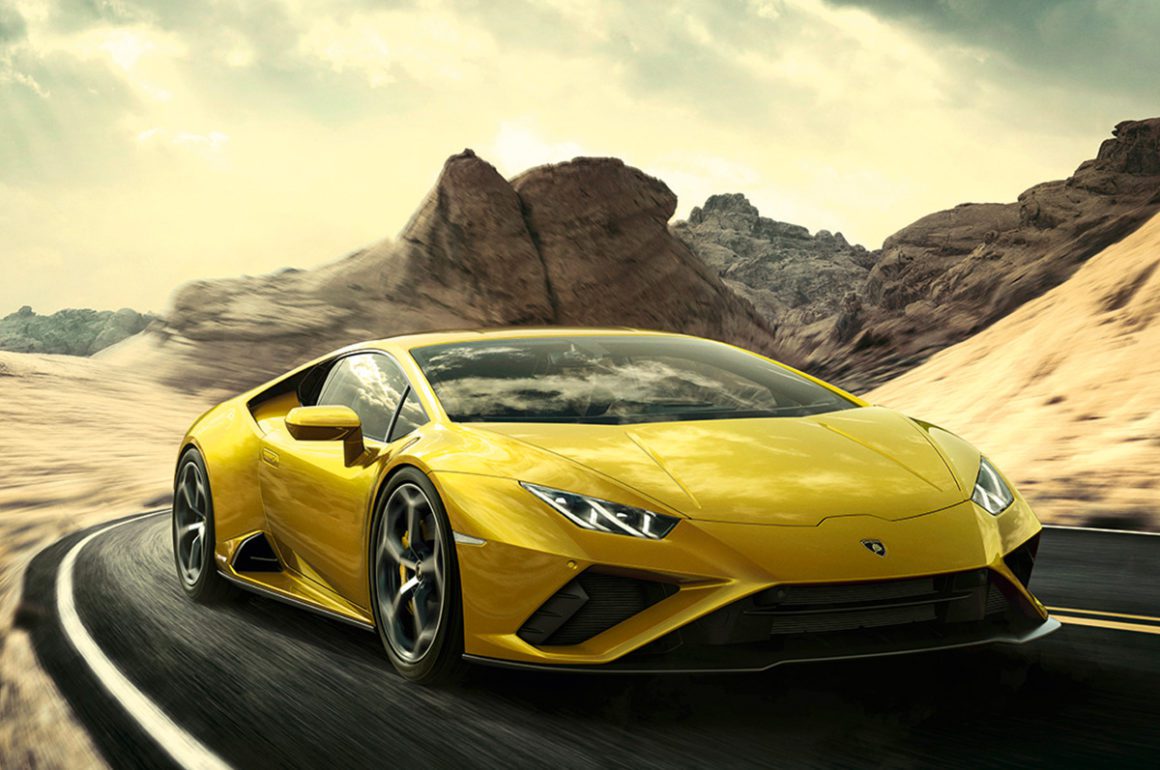
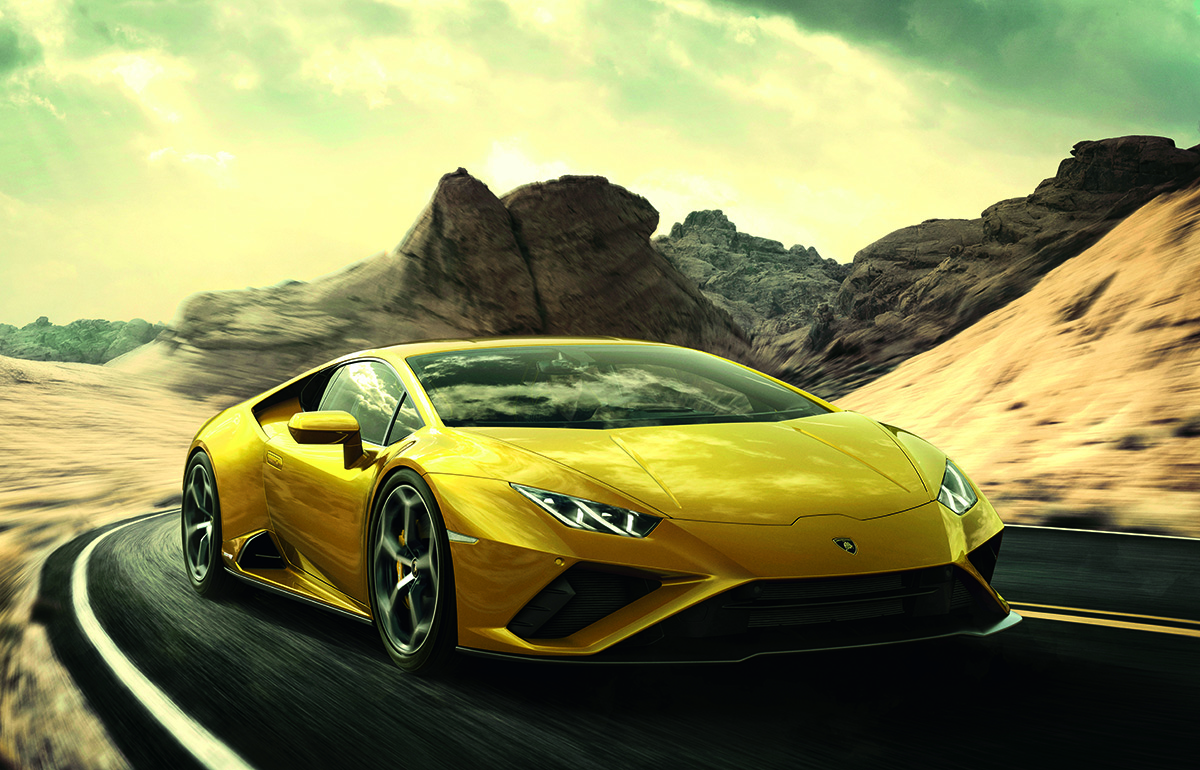
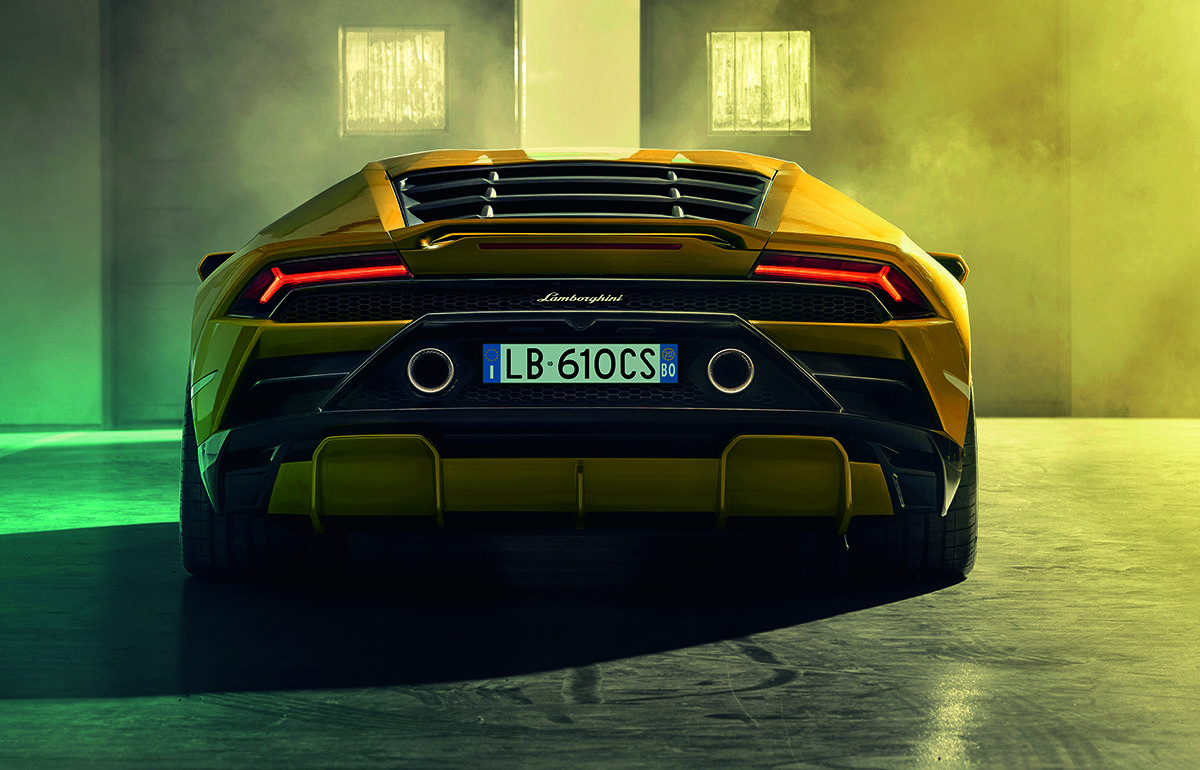





Recent Comments